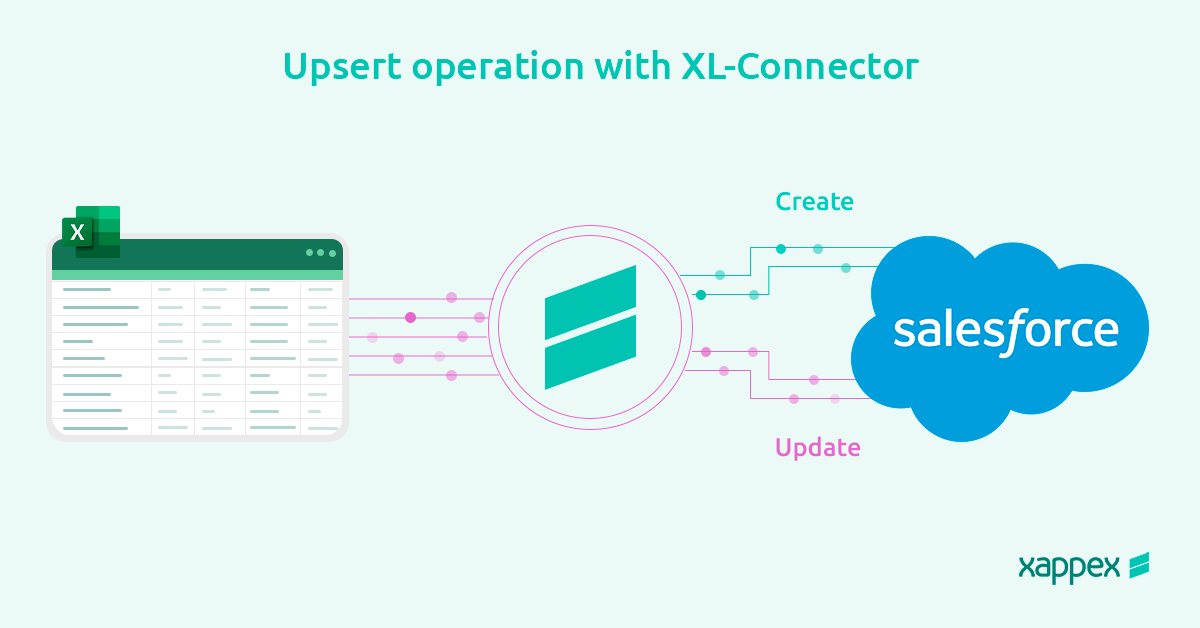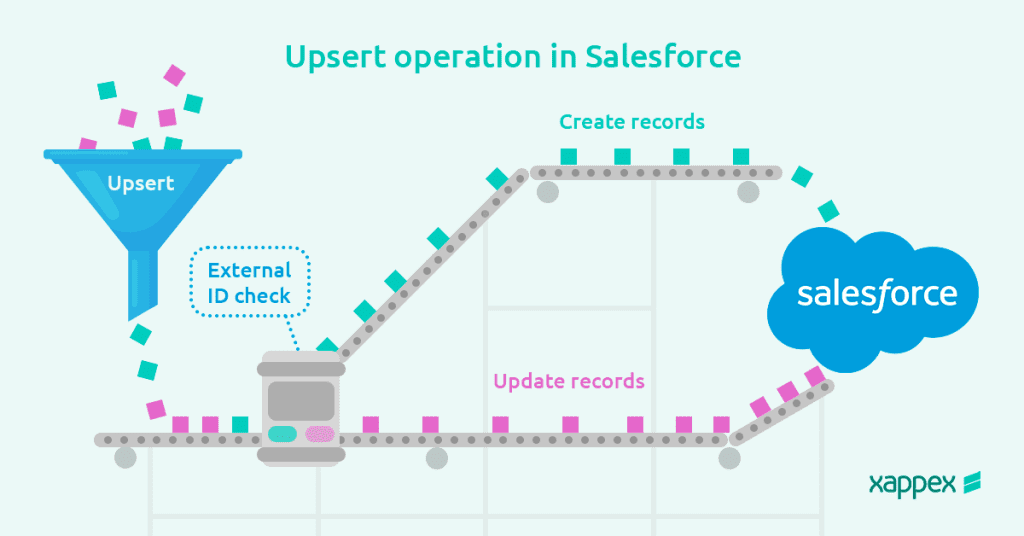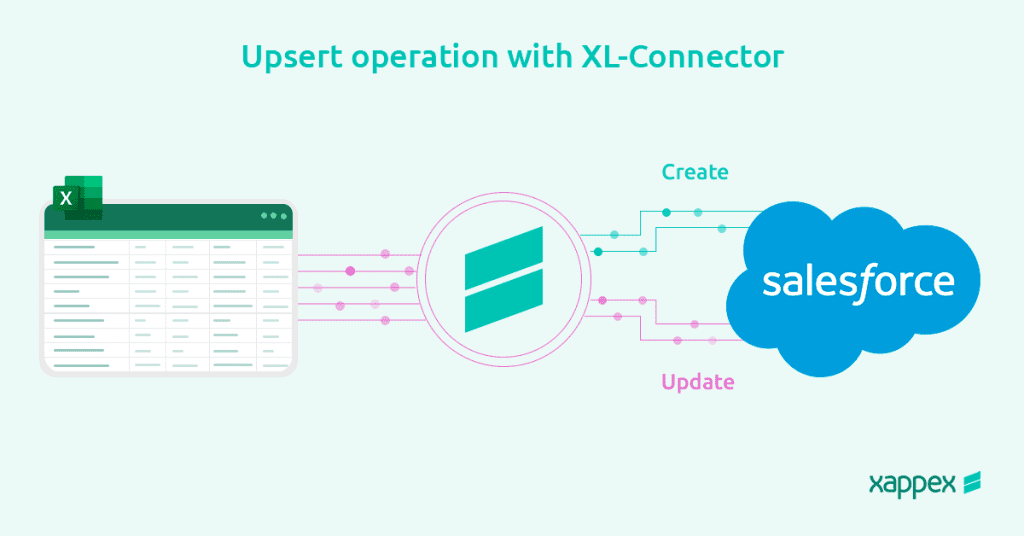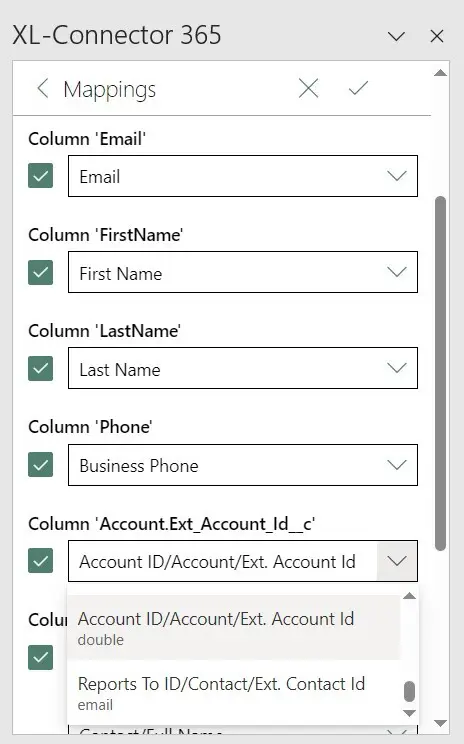
What is the best upsert bulk api for Salesforce?

Data plays a crucial role in every aspect of operations and every organization depends on robust data management systems to remain competitive. Within the Salesforce environment, efficient handling of large volumes of data is essential, and this is where Upsert Bulk APIs come in.
An Upsert Bulk API for Salesforce provides an efficient way to manage data by allowing organizations to insert new records or update existing ones in bulk. This feature is particularly valuable for businesses working with extensive datasets, where traditional one-by-one operations are inefficient and impractical. This comprehensive approach to data management not only saves time but also ensures smoother operations in the long run.
In this guide, we’ll explore the world of Upsert Bulk APIs in Salesforce. We’ll look at what they are, what they can do, and the best ways to use them. Salesforce admins, developers, and data experts will learn how to make the most of these powerful tools for efficient data integration.
Let’s dig into enhancing data handling processes, boosting system capabilities, and discovering new opportunities for innovation within Salesforce.
What is upsert in Salesforce?
In Salesforce, upsert is a combination of two operations: “insert” and “update.” The term “upsert” stands for “update or insert.” It allows you to either insert new records into a Salesforce object or update existing records based on specified criteria in a single operation.
When performing an upsert operation, Salesforce checks incoming info versus records on the object based on certain fields. If a match exists, Salesforce updates that record with the new data. If no match is found, then it creates a new record from the data provided. The upsert operation helps maintain data integrity by preventing duplicates and ensuring that records are updated with the most current information.
What is the best way to bulk upsert in Salesforce?
There are several methods for “upsert” operations in Salesforce. Apex, its own coding language, allows upserts. Salesforce Data Loader tool offers upsert capabilities too. Salesforce APIs like Bulk API 2.0 and REST API also enable upsert operations. Moreover, third-party tools, such as XL-Connector or Import Wizard, and ETL tools, such as Jitterbit or Informatica, allow users to upsert records to their Salesforce orgs. These diverse methods give flexibility and provide users with the opportunity to upsert records based on data volume and needs.
Let’s dive in the pros and cons and best use case for each of these methods:
Bulk API 2.0
This version of the Bulk API provides a fast and efficient way to process large amounts of data. It supports both CSV and JSON formats and offers upsert functionality, allowing you to insert or update records in bulk. Bulk API 2.0 is recommended for scenarios where performance is critical, and large data volumes need to be processed. As a downside, users need some level of technical expertise and, as mentioned before, CSV or JSON format is needed.
Xappex XL-Connector/XL-Connector 365

Streamlining the upsert operation directly in Excel:
XL-Connector and XL-Connector 365 are Salesforce integration tools that allow users to interact with Salesforce data directly from Excel spreadsheets. Unlike other APIs that often require working with CSV files for upsert operations, these connectors simplify the process by enabling users to perform upsert operations directly within Excel’s familiar interface.
Error validation tool:
XL-Connector’s error validation tool instantly reports about any errors in the data, saving you tons of time and effort that you would otherwise spend diving into CSV files, hoping to identify the errors in a sea of data. Besides, error descriptions are extremely clear, even if they are coming from specific settings in your org, such as validation rules or required fields, giving you the opportunity to quickly fix your data.
Automate your upsert operations:
In the case of XL-Connector 365, users will also find a unique feature: the ability to automate upsert operations, providing users with the flexibility to either manually run the upsert or schedule it to run at specified intervals based on their desired frequency. This automation streamlines data management processes and ensures that Salesforce data remains up-to-date without manual intervention.
Skipping the ID matching hassle when performing upserts:
Moreover, XL-Connector and XL-Connector 365 offer a distinct function that sets them apart from traditional upsert methods: the ability to match a record without the need to provide an ID. This means users can upsert records using any text field in Lookup and Master-detail relationships as the matching criteria, simplifying the data integration process even more.
Salesforce Data Loader
Data Loader is a Salesforce integrated tool that facilitates bulk data import or export operations. Users can configure it by connecting to their Salesforce organization, map fields between their data and Salesforce objects, choose the desired operation (insert, update, upsert, delete, or export), and initiate the data process.
While it is widely used and offers the benefit of being a free tool, it also presents challenges like the need to use CSV files or facing potential errors during operations, and limited error handling.
Common errors encountered during upsert operations include issues with invalid or missing fields, duplicate external IDs, incompatible data types, and insufficient user permissions, which require careful review of error logs and adjustments to data mapping or data quality to resolve them effectively.
Import Wizard
Import Wizard is a Salesforce tool designed to streamline the process of importing data into Salesforce. It can be accessed from Salesforce Setup by entering ‘Integrations’ in the search box.
Users need to select the type of data they want to import, select the operation they want to perform, upload a CSV file containing the data, map fields between the CSV file and Salesforce, review and validate the import settings and data preview. Finally, they need to confirm the import process.
Even though this method provides benefits like its user-friendly interface and the simple set up, it also presents several cons, such as the need for CSV files, the limitation of standard objects to work with (Opportunities and Cases are not supported), and the data size limitations (it has a limit of 50,000 records that can be imported).
ETL tools: Mulesoft, Jitterbit, Informatica
ETL (Extraction, Transform, Load) tools like MuleSoft, Jitterbit and Informatica are used for data integration and management across various systems, including Salesforce. MuleSoft’s Anypoint Platform boasts extensive integration capabilities, which are backed by robust scalability, but its licensing costs may be a challenge for users.
Jitterbit offers a user-friendly interface and broad connector support; however, its reliability with complex integrations has been questioned. Informatica shines with advanced ETL features and robust governance controls, but similar to MuleSoft, its licenses may be too costly for some users.
Salesforce REST API
If you have specific requirements or need tight integration with your existing systems, you can develop custom solutions using Salesforce REST API, which involves sending HTTP requests to Salesforce’s REST API endpoints, specifically using the /services/data/vXX.X/sobjects/Object_Name/External_Id_Field__c/External_Id endpoint for upsert operations.
Users need to construct an HTTP request with the appropriate method (POST for insert, PATCH for update) and endpoint URL for the upsert operation. The request body contains the data to be inserted or updated, typically in JSON format, including the external ID field and value. This approach, as it happens with Salesforce Bulk API 2.0, offers flexibility but requires more development effort. Besides, Salesforce imposes rate limits on API requests, which can impact performance, especially when processing large volumes of data.
Using External IDs to Create References to Other Records when Doing Upserts in Salesforce
Another use case for External Ids when used for the Upsert operation in Xappex XL-Connector is to replace Ids in the Master-detail and Lookup fields. When doing an upsert, you can specify external Ids of the parent object instead of regular Salesforce Ids and Salesforce will understand it and link the records to the corresponding parent records by their External Ids.
All Xappex products support this type of referencing by enabling mapping of Excel or Google Sheets columns to External Id fields on the parent object. Here’s an example of a mapping for a Contact object data load that will link the created/updated Contacts to the corresponding accounts based on their External Ids:

Why is XL-Connector the best tool for managing your Salesforce mass upserts?
XL-Connector and XL-Connector 365 stand out as the optimal tools for Salesforce mass upserts due to their user-friendly interface, seamless integration with Excel, and unique features designed to streamline the data management process. By enabling users to conduct upsert operations directly within Excel spreadsheets, they eliminate the need for complex query languages or unfamiliar interfaces, enhancing usability and efficiency. In the case of XL-Connector 365, its automation capabilities further enhance productivity by allowing users to schedule upsert tasks at specified intervals, ensuring data remains up-to-date without manual intervention.
XL-Connector and XL-Connector 365 are accessible to organizations of all sizes. Compared to other tools that may require expensive licenses or subscriptions, they stand out as a budget-friendly choice without compromising on functionality. With these connectors, organizations can confidently manage their Salesforce mass upserts, improving productivity, maintaining data accuracy, and facilitating their data management processes within the familiar environment of Excel.

Xappex CRM data management solutions

Looker Studio for Salesforce
Connect Salesforce reports and queries to your Google Data Studio dashboards.

Excel Merge
Calculate advanced Excel models. Generate Excel documents based on Salesforce data. All with a single click from a Salesforce record page.


